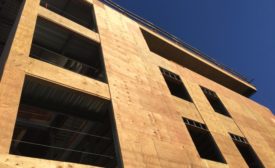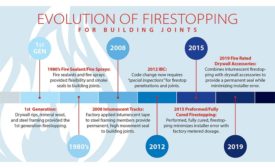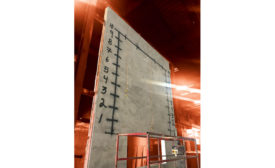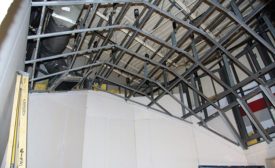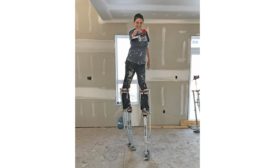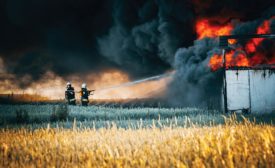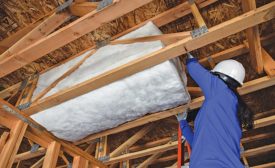Fireproofing
All things gypsum
Educational videos, an updated search engine, and an endless library of information, all at your fingertips.
Read More
Achieving New LEED v4.1 Acoustic Credits
Walls and ceilings are the critical building components in determining LEED credit(s) achievement.
Read More
Kicking Butted Seams and Taking Names
A Canadian contractor gives us her insight and advice about what it's like being a woman in the industry.
Read More
Insulation in Concealed Spaces
The benefits of using insulation as passive fire protection in multifamily buildings.
Read More
Connect with the industry’s leading resource for unparalleled insights and education.
Join thousands of industry professionals today. Shouldn’t you know what they know?
JOIN NOWCopyright ©2024. All Rights Reserved BNP Media.
Design, CMS, Hosting & Web Development :: ePublishing


